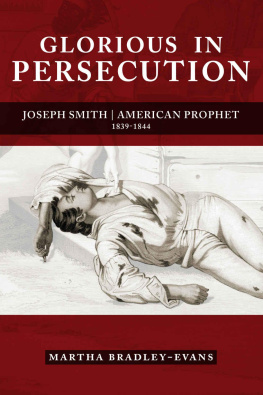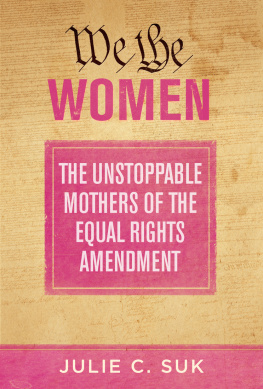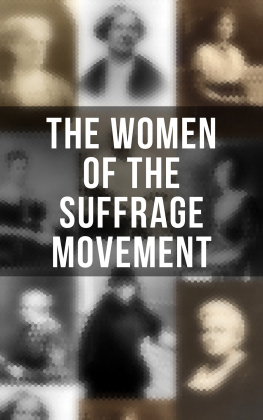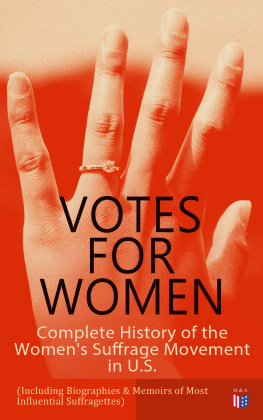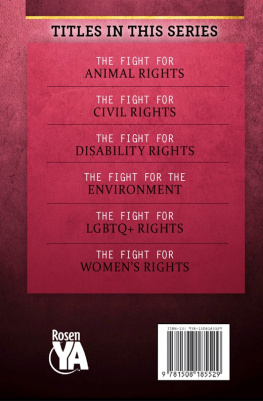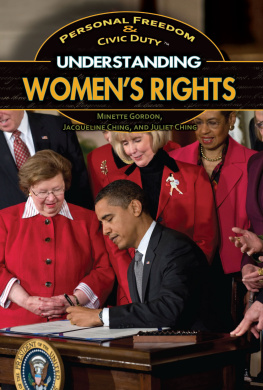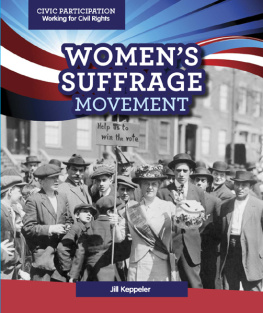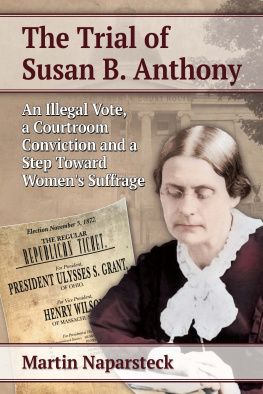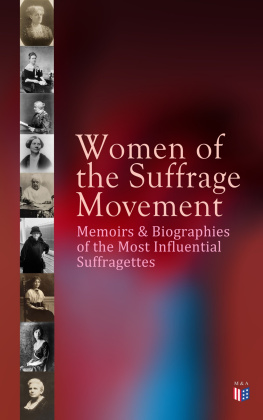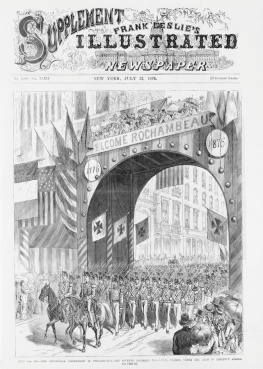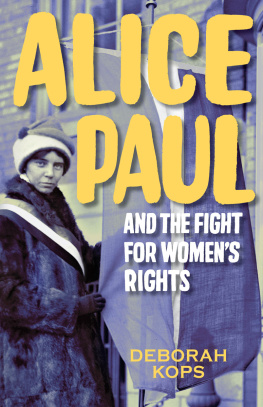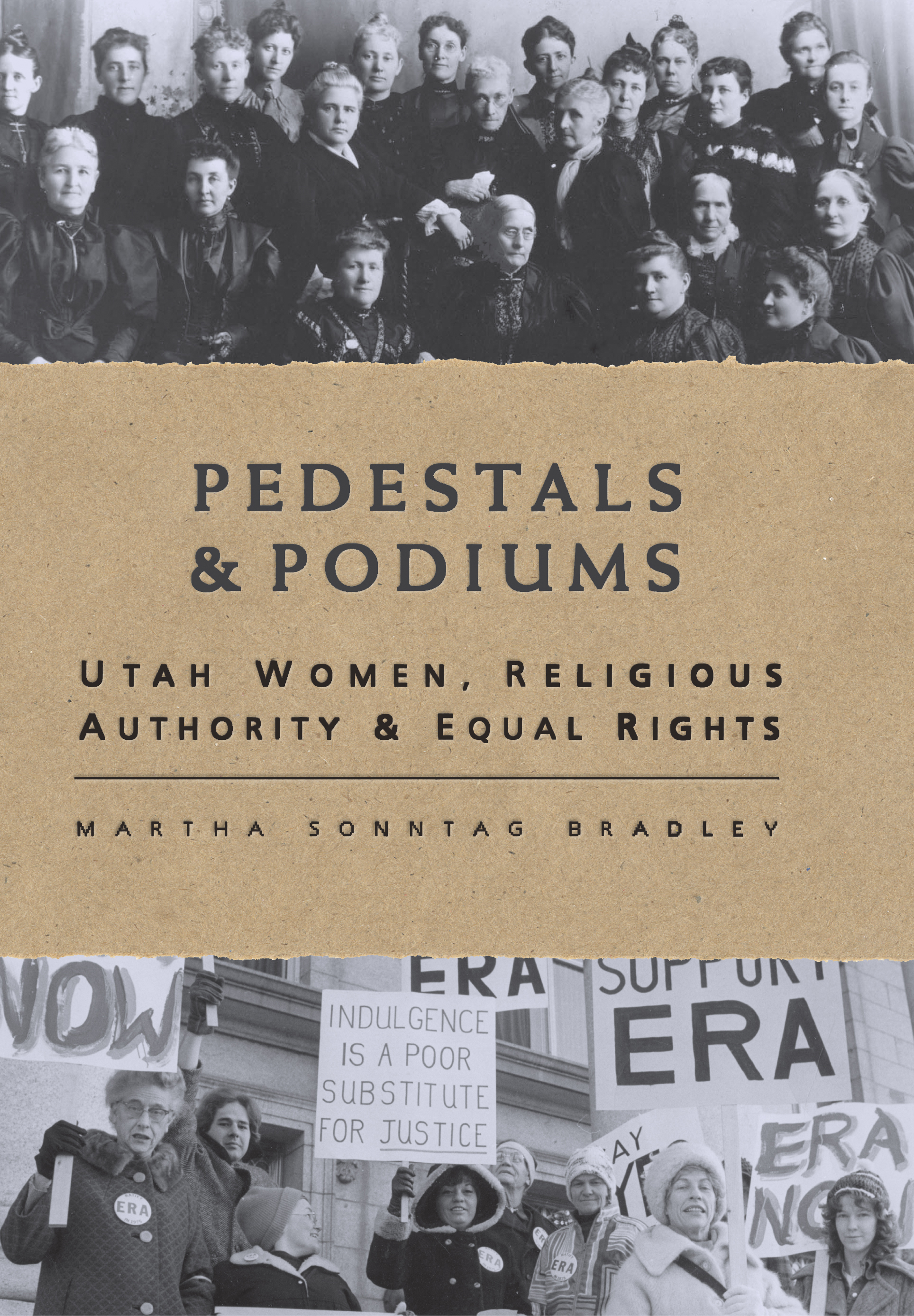Martha S. Bradley-Evans - Pedestals and Podiums: Utah Women, Religious Authority, and Equal Rights
Here you can read online Martha S. Bradley-Evans - Pedestals and Podiums: Utah Women, Religious Authority, and Equal Rights full text of the book (entire story) in english for free. Download pdf and epub, get meaning, cover and reviews about this ebook. year: 2005, publisher: Signature Books, genre: Home and family. Description of the work, (preface) as well as reviews are available. Best literature library LitArk.com created for fans of good reading and offers a wide selection of genres:
Romance novel
Science fiction
Adventure
Detective
Science
History
Home and family
Prose
Art
Politics
Computer
Non-fiction
Religion
Business
Children
Humor
Choose a favorite category and find really read worthwhile books. Enjoy immersion in the world of imagination, feel the emotions of the characters or learn something new for yourself, make an fascinating discovery.

- Book:Pedestals and Podiums: Utah Women, Religious Authority, and Equal Rights
- Author:
- Publisher:Signature Books
- Genre:
- Year:2005
- Rating:5 / 5
- Favourites:Add to favourites
- Your mark:
Pedestals and Podiums: Utah Women, Religious Authority, and Equal Rights: summary, description and annotation
We offer to read an annotation, description, summary or preface (depends on what the author of the book "Pedestals and Podiums: Utah Women, Religious Authority, and Equal Rights" wrote himself). If you haven't found the necessary information about the book — write in the comments, we will try to find it.
Almost from the beginning, the womens movement has been divided into two factionsthose wanting full equality with men (Susan B. Anthony, Alice Paul) and those seeking legal protections for womens particular needs (Julia Ward Howe, Eleanor Roosevelt). Early Utah leaders such as Relief Society President Emmeline B. Wells walked hand-in-hand with Anthony and other controversial reformers. However, by the 1970s, Mormons had undergone a significant ideological turn to the mainstream, championing womens unique roles in home and church, and joined other conservatives in defeating the Equal Rights Amendment.
Looking back to the nineteenth century, how committed were Latter-day Saints of their day to womens rights? LDS President Joseph F. Smith was particularly critical of women who glory in their enthralled condition and who caress and fondle the very chains and manacles which fetter and enslave them! The masthead of the churchs female Relief Society periodical,
Womans Exponent, proudly proclaimed The Rights of the Women of Zion and the Rights of Women of All Nations! In leading the LDS sisterhood, Wells said she gleaned inspiration from The Revolution,published by Elizabeth Cady Stanton.
Fast-forward a century to 1972 and passage of the Equal Rights Amendment (ERA) by the United States Congress. Within a few years, the LDS Church, allied with Phyllis Schlafly, joined a coalition of the Religious Right and embarked on a campaign against ratification. This was a mostly grassroots campaign waged by thousands of men and women who believed they were engaged in a moral war and that the enemy was feminism itself.
Conjuring up images of unisex bathrooms, homosexuality, the dangers of women in the military, and the divine calling of stay-at-home motherhoodnone of which were directly related to equal rightsthe LDS campaign began in Utah at church headquarters but importantly was fought across the country in states that had not yet ratified the proposed amendment. In contrast to the enthusiastic partnership of Mormon women and suffragists of an earlier era, fourteen thousand women, the majority of them obedient, determined LDS foot soldiers responding to a call from their Relief Society leaders, attended the 1977 Utah International Womens Year Conference in Salt Lake City. Their intent was to commandeer the proceedings if necessary to defeat the pro-ERA agenda of the National Commission on the International Womens Year. Ironically, the conference organizers were mostly LDS women, who were nevertheless branded by their sisters as feminists.
In practice, the church risked much by standing up political action committees around the country and waging a seemingly all-or-nothing campaign. Its strategists, beginning with the dean of the churchs law school at BYU, feared the worstsome going so far as to suggest that the ERA might seriously compromise the churchs legal status and sovereignty of its all-male priesthood. In the wake of such horrors, a take-no-prisoners war of rhetoric and leafleteering raged across the country. In the end, the church exerted a significant, perhaps decisive, impact on the ERAs unexpected defeat.
Martha S. Bradley-Evans: author's other books
Who wrote Pedestals and Podiums: Utah Women, Religious Authority, and Equal Rights? Find out the surname, the name of the author of the book and a list of all author's works by series.

